Top 10 Japanese Movies for Japanese Language Learners

Learning is easiest when it doesn’t feel like work. If you’re a Japanese language learner, you can learn how to speak Japanese more easily if you indulge in a little screen time after your lessons. Luckily, there are a wealth of incredible Japanese movies out there to choose from, and this will help you whether you learn Japanese online or in a classroom. So if you like comedy, tragedy, anime, drama, or a little bit of everything, you can learn Japanese with movie assistance by picking one of these goodies for your next night in.

Why Watch Japanese Movies?
Why is making entertainment into an instrument for studying Japanese practical as well as fun? Using films to study a language is helpful for two main reasons. First, films can offer insight into cultures and societies, especially since many films take place in their country of origin. Second, Japanese movies help you familiarize yourself with the sounds and speech patterns of the language as used by native speakers, as well as with fun extras like slang. So combining movie night with study time isn't just fun for a Japanese language learner; it's smart too!

How to Learn Japanese With Films
I’ll start with a disclaimer: this study method doesn’t work if you’re starting from zero.
You won’t be able to grasp vocabulary or grammar points without any previous knowledge. However, that doesn’t mean watching Japanese language media isn't useful for beginners. It can help you get familiar with how the language sounds, which is also very important! Just don’t expect miracles just from staring at a screen.
Now, here’s the good news: if you already have some knowledge of Japanese, you can use films as a legitimate study tool! If you want to do more than sit back and enjoy the film, there are two main ways to do this.
1. Watch films with English or Japanese subtitles with the goal of picking up new vocabulary and reinforcing your understanding of grammar points.
Watching Japanese movies with English subtitles allows you to pick up words or phrases you're unfamiliar with while reinforcing the ones you already know (you can even pause the movie and take notes if you're feeling motivated!). If you use Japanese subtitles, you can reinforce your knowledge of the written language while picking up new kanji as you go.
2. Do a more intensive segmentation and analysis of the dialogue in order to understand and learn new vocabulary and grammar points.
In this method, you start by watching the film with subtitles in your own language. Then, you divide the film into segments (their length is up to you; somewhere in the ballpark of 5-10 minutes probably works best), studying them in sessions to dissect and study the dialogue.
While watching, stop to write down words and phrases you don’t know. You don’t have to write down everything you’re unfamiliar with—the goal is to learn something, not everything!
Stop when you feel like you’ve reached a point of saturation, even if your segment isn’t finished yet. Study your list of words and revise them over the next few days. You can examine the same segment until you feel familiar with it.
As you can see, this method is time-consuming because you’ll be essentially doing a close reading of a whole film. This can be a rewarding learning method, and just as fun as reading a textbook, but it’s essential to pick a film you’re genuinely interested in. Once you've dissected a whole movie this way, you may be able to watch the whole thing without subtitles and fully comprehend everything—a true feat for a Japanese language learner.
That being said, let's get into some of the best Japanese movies out there.

1. タンポポ (Tampopo)
Described endearingly as a “ramen Western,” this 1985 classic film is a must-see for lovers of noodles and comedy. The word “Tampopo,” which means “dandelion,” is the perfect name for this movie about a humble shop owner who sets out to improve the quality of her wares with a little help from a new friend. Fights, near-death choking accidents, remodeling, a shootout, and general hilarity ensues. "'Tampopo' is perhaps the funniest movie about the connection between food and sex ever made,” said Hal Hinson of The Washington Post about the film, and the movie’s 100% rating on Rotten Tomatoes concurs. You’ll forget you’re trying to learn Japanese with movie assistance as you laugh your way through this one.
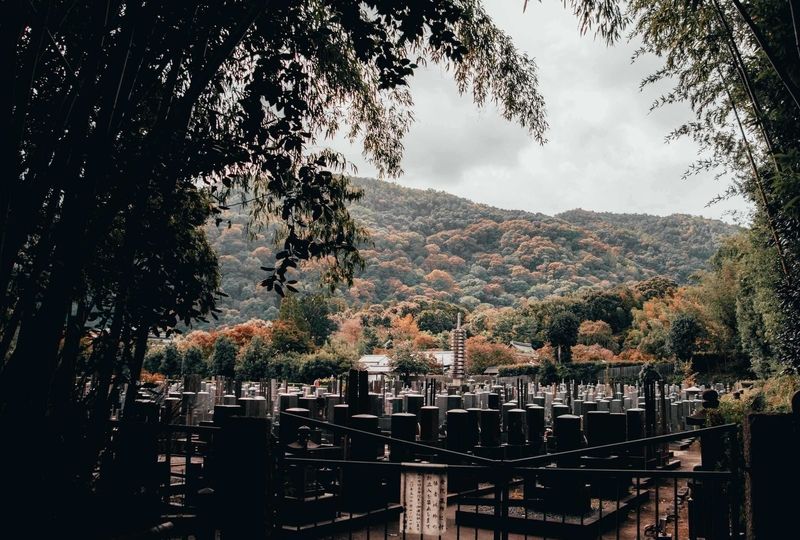
2. おくりびと (Departures)
Okuribito is called Departures in English, but a better translation may be “send-off people.” The title refers to a group of people whose job it is to prepare dead bodies; if you’ve been a Japanese language learner for a while, you may recognize “bito” as a form of “hito,” or “person,” while “okuri” means “to send.” Although the macabre subject matter may sound strange, this film is thought-provoking, sensitive, and poignant. The story follows a cellist who, after losing his job, is forced to start a new career ceremonially prepping bodies for cremation. It is the first Japanese film to ever win the Academy Award prize for Best Foreign Language Film, and has many other accolades besides, despite mixed reviews from critics. Was it deserving of the Academy Award, or are the skeptics correct? You’ll have to judge for yourself.

3. Gantz O
If you’re more into new movies than ones that came out decades ago, Gantz: O may be more up your alley. Among the new movie releases on Netflix at the time of writing, Gantz: O, released in 2016, is a CGI action movie based on a hit manga (Japanese comic book) series by Hiroya Oku. In it, a group of people are forced to fight monsters in an afterlife ‘game’ with stressful high stakes and very cool advanced technological weapons. It’s like “The Hunger Games,” and “The Matrix” rolled into an award-winning CGI Japanese movie. Can you think of a more diverting way to learn how to speak Japanese?

4. となりのトトロ (My Neighbor Totoro)
No list of Japanese movies would be complete without one of Hayao Miyazaki’s films. This legendary animated film genius is the founder of Studio Ghibli, which has cranked out hits such as Princess Mononoke, Howl’s Moving Castle, Spirited Away, and Kiki’s Delivery Service. Many Japanese language learners may already be familiar with Miyazaki, but If you’re new to his work, My Neighbor Totoro is a great place to start. This charming story and beautifully animated tale about two girls and their relationship with the cuddly, friendly spirits that occupy the woods near their house is adorable, yes, but it’s also a commentary on real-world issues like life-threatening illness, single parenthood, and the joys and sorrows of growing up. It is regularly ranked one of the best animated films of all time, and if you want to learn Japanese with movie night fun, this will be a surefire hit.
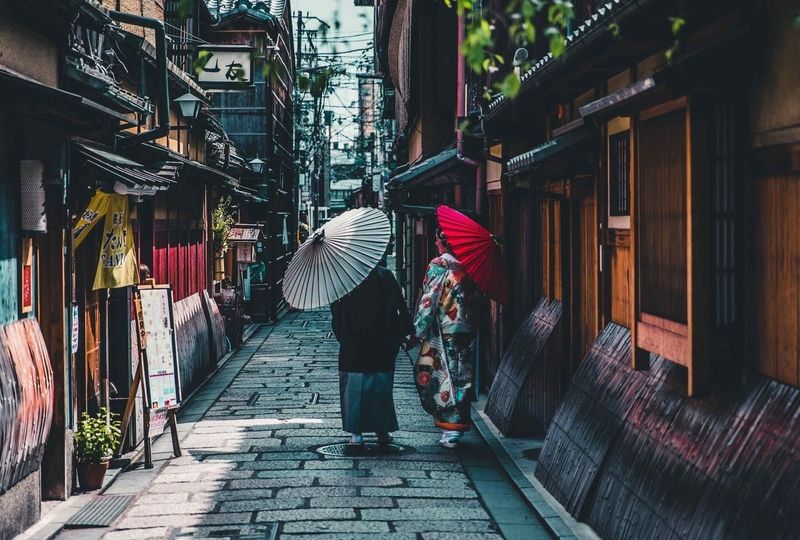
5. 海街Diary (Our Little Sister)
Our Little Sister, or Umimachi Diary (Seaside Town Diary), has won accolades both in and out of Japan; it was a contender in the 2015 Cannes Film Festival, and it earned the Audience Award at the San Sebastián International Film Festival as well. The 2015 film, by director Hirokazu Koreeda, tells the story of three adult sisters who invite their teenage half sister—the product of the marriage their father left their mother for—to live with them following their father’s death. It’s a heart-wrenching story of selflessness, forgiveness, and multi-generational families. The Chicago Reader said of the film, “Kore-eda allows the action to unfold gradually, and plum wine isn't the only food metaphor enriching his tale. Each meal seems like an invitation for the sisters to learn more about each other or to be reminded-for good or ill-of their parents.”
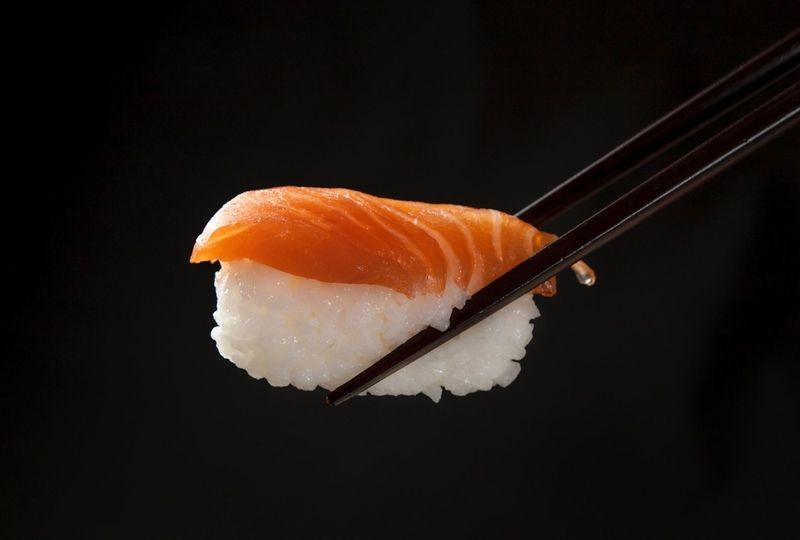
6. Jiro Dreams of Sushi
Readily available on many US platforms, including Netflix, the documentary Jiro Dreams of Sushi (2012) has quickly become a cult favorite. If you’re learning how to speak Japanese, its ubiquitous nature is a plus, but this movie is also a worthy watch. “Jiro Dreams of Sushi sets a drool-flecked new standard in food porn, and makes the moanings and gruntings of Nigella Lawson look softcore by comparison,” noted Robbie Collin of “The Daily Telegraph” in his review of the film. The subject of the movie is Jiro Ono, who was 85 at the time, and his three-Michelin-star hole-in-the-wall sushi restaurant in Tokyo. By the end, you’ll wish you could get a reservation at the exclusive restaurant, which has only 10 seats and costs nearly $300 per meal.

7. ゴジラ (Godzilla)
Ah, the Japanese movie that started it all. Ishiro Honda’s 1954 movie about a dinosaur-like monster with “atomic breath” has spawned 35 more films, comic books, video games, TV shows, podcasts...the list goes on and on. Godzilla is recognized worldwide, and there are giant Godzilla statues throughout Tokyo, including a Godzilla head with glowing eyes in the Shinjuku district. This iconic Japanese film is worth a watch simply thanks to the cultural impact, but it also contains thought-provoking anti-nuclear themes that make it applicable even today.

8. 君の膵臓をたべたい (I Want to Eat Your Pancreas)
Yes, the title is a direct translation. Yes, it’s very weird. But the animated movie, based on a successful novel, is not grotesque in the slightest and is a great way for Japanese language learners to familiarize themselves with the language while being swept away by a maudlin romance. The story—that of a high school relationship in which one of the lovers is ill with a fatal pancreatic disease—is cliche, it’s also timeless and touching, with a 93% ranking on Rotten Tomatoes. James Perkins of Starburst called it “a gut-punch of a romantic drama that will leave you broken and have you crying your eyes out by its ending.” If you like to watch movies while sobbing into your popcorn and absorbing Japanese language gems, this one may be for you.
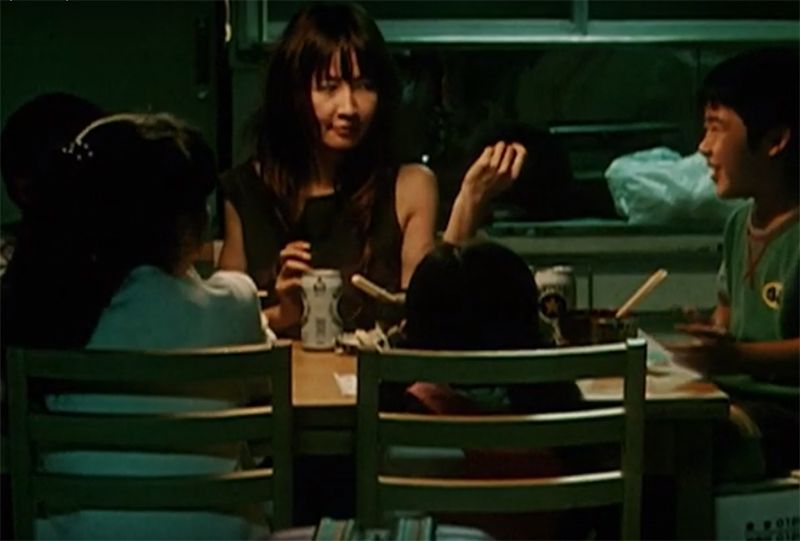
9. 誰も知らない (Nobody Knows)
To be honest, I could have put pretty much any of Hirokazu Koreeda's films on this list. You may have noticed this is his second work I've recommended, and for good reason. Koreeda has rightly been recognised as one of the best Japanese directors working today, winning acolades including a nomination for the Academy Award for Best Foreign Language Film (for his newest movie, Shoplifters).
Koreeda's films tend to explore the underbelly of Japanese society in gentle but perceptive ways, focusing on broken and unconventional family dynamics (pretty much all of his films), children growing up in poverty (Nobody Knows, Shoplifters), or even an inflatable sex doll coming to life (Air Doll). In both dialogue and cinematography, Koreeda achieves a balance of realism and more poetic meditation on life.
Daremo shiranai made the cut here because its main characters are children, making for more accessible dialogue. Based on a true story, this film tells the story of four young siblings whose mother abandons them in their apartment in Tokyo. This dark but sympathetic film offers plenty of food for thought and study material.
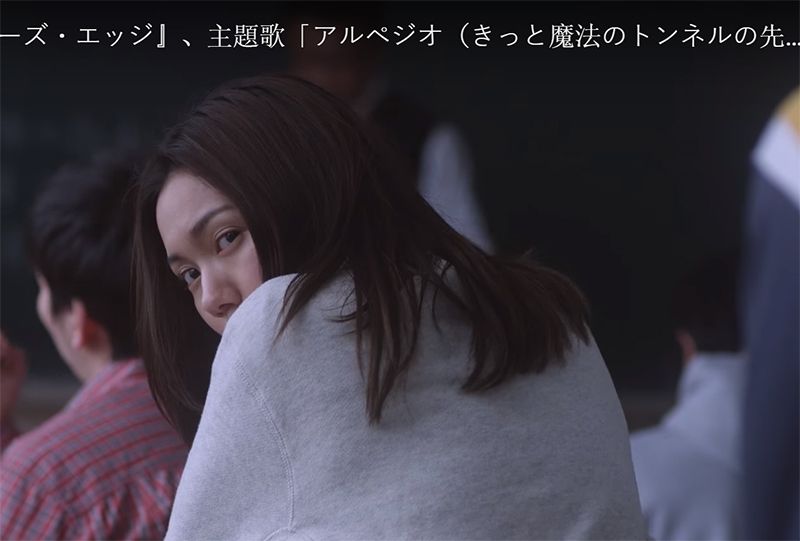
10. リバーズ・エッジ (River’s Edge)
River’s Edge is an adaptation of Okazaki Kyoko’s cult manga from the early 1990s. Okazaki was known as one of the strongest voices of her generation; born and raised in Tokyo, she pioneered the “josei” (woman) genre of manga, focusing on how young women experience life in Japanese society. She set out to do something different from many other female mangaka of the time, dealing with themes like sex, feminism, and eating disorders in an unflinching way.
Some of Okazaki's works, like Helter Skelter (the story of a model who undergoes full-body plastic surgery, leading to a myriad of physical, mental, and interpersonal complications), have been adapted into film earlier. River’s Edge is the newest adaptation and available on Netflix worldwide, making it the most accessible for students of Japanese.
Telling the story of a group of high school students with various troubles, ranging from bulimia to suicidal ideation, the film doesn’t tone down the provocative nature of the manga. For some viewers, the constant darkness might become dull, but for those who enjoy a more cynical look at high school life, it’s worth a watch.
The characters in this film sound like real Japanese teenagers, so the dialogue makes for decent study material (although in real life, the high school students of Tokyo suburbs may not swear quite so much, nor do so many drugs).
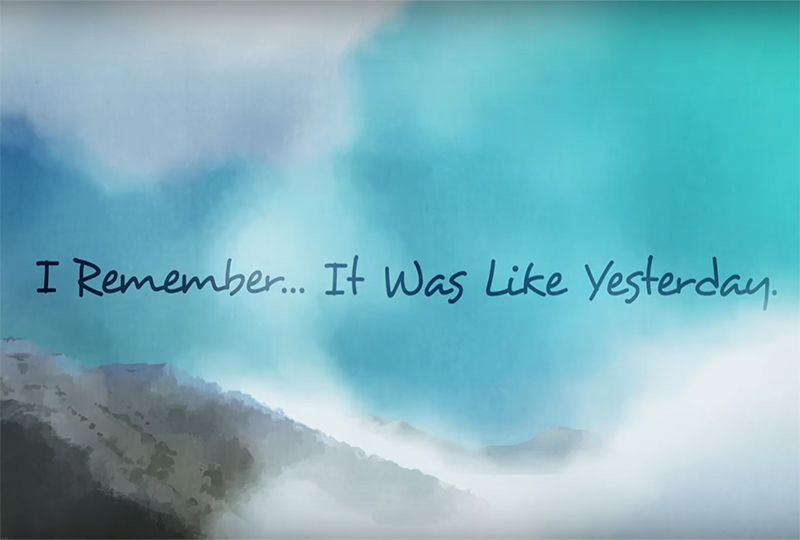
Bonus! この世界の片隅に (In This Corner of the World)
Kono sekai no katasumi ni, the bonus pick for this list, offers an animated look at the life of ordinary people in Kure, a port town near Hiroshima, in the 1930s and 1940s. Yes, it's a war film, but it doesn't focus on the sequence of events. Instead, it examines the ways in which ordinary people experience life in such extreme circumstances.
Adapted from Kouno Fumiyo’s manga, which is extremely rich in historical detail, this film focuses on Suzu, a young girl from Hiroshima who gets married and moves to her new husband’s home in Kure. As the Second World War begins, Kure becomes an important military base, casting the shadow of war on all residents.
In some ways, this film could be compared to the 1980s Studio Ghibli tear-jerker Grave of the Fireflies. But although it portrays the horrors of war, the central message of In This Corner of the World could be distilled to “even in extreme circumstances, life will always go on,” making for a slightly more heartwarming conclusion.

Watch, Laugh, Cry, and Learn Japanese
Time to pick out a movie and enjoy! But remember, you won't learn how to speak Japanese just from watching movies; you'll need to augment your efforts by studying Japanese online or in a classroom. If you're going at it on your own, consider one of the many fantastic tools available online, such as Speechling's revolutionary service. The Freestyle Model (Say anthing) tool from Speechling is the best approach available so far to use together with watching Japanese movies for Japanese language learners. By studying hard and incorporating Japanese language learning into your down time, you'll be well on your way towards fluency.
